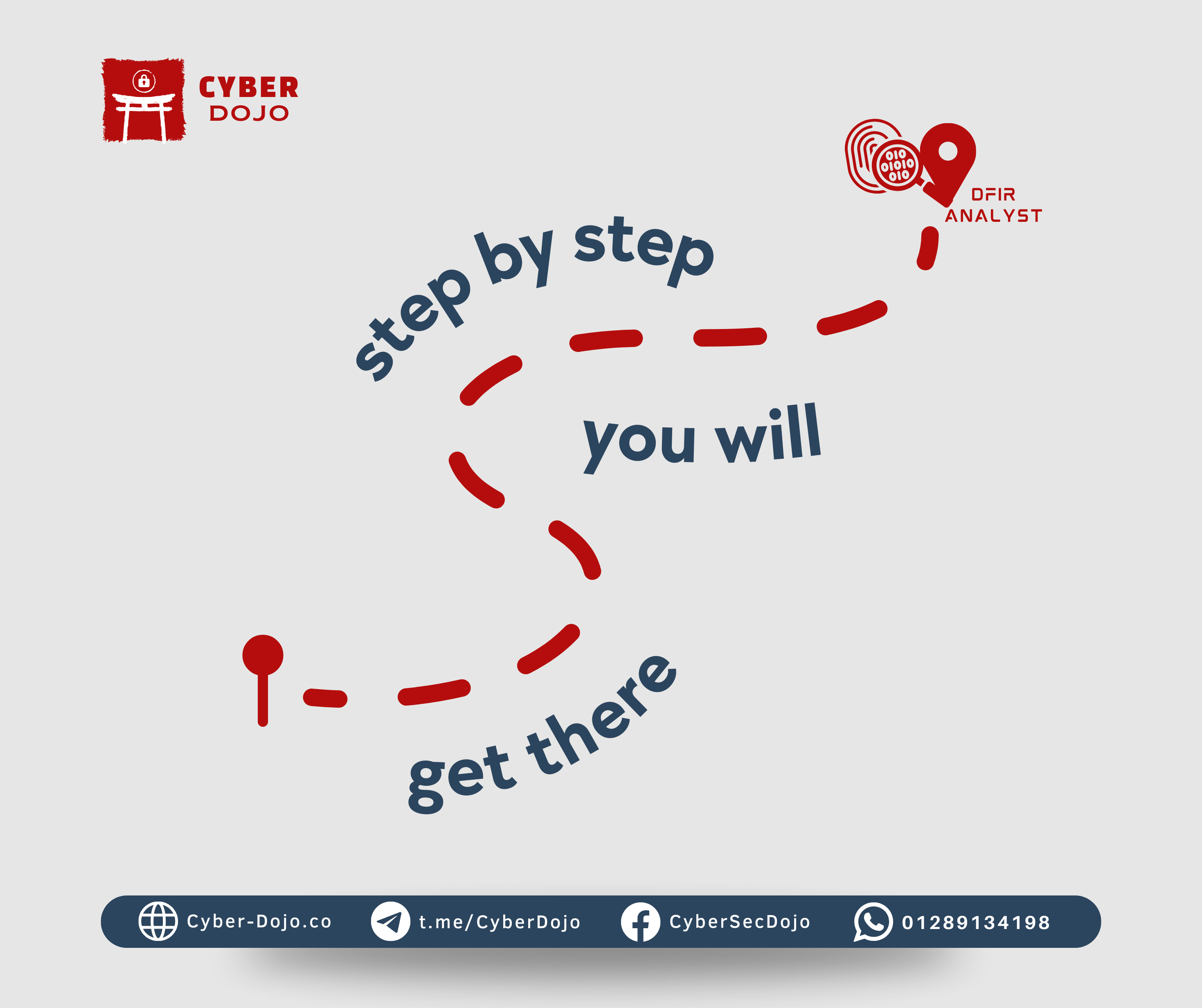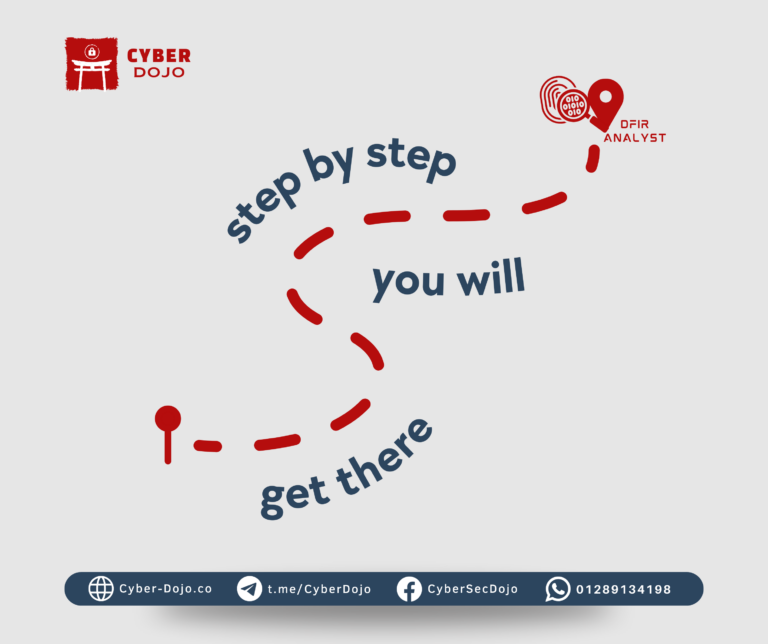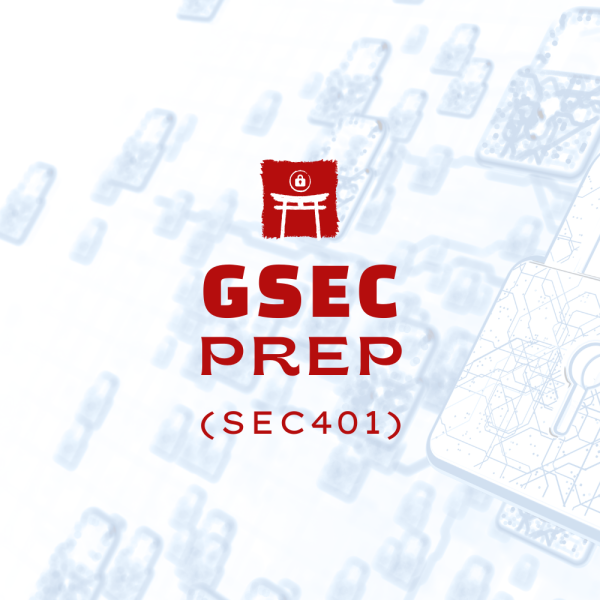Becoming a professional Tier 2 SOC analyst in Digital Forensics and Incident Response (DFIR) demands a comprehensive set of skills and extensive experience. These qualities are essential for handling cybersecurity threats effectively. Here’s a deeper look into the knowledge and expertise needed to excel as a SOC Tier 2 DFIR analyst:
1. Mastering Windows Forensics 🖥️
As a DFIR analyst, understanding Windows operating systems is crucial. Analysts must be deeply familiar with how Windows stores and processes data, along with analyzing critical system files like logs, event records, temporary storage, and application behaviors. The ability to investigate program execution and cloud storage usage often reveals essential clues about incidents and attacks.
2. Training with Real-World Scenarios 🕵️♂️
In a Tier 2 role, you’ll encounter scenarios that are often complex and require practical problem-solving. Training on realistic situations builds resilience and equips you to handle cyber incidents directly, ranging from cybercrimes to insider threats. Developing this skill set prepares you for the real challenges you’ll face on the job.
3. Rapid Assessment and Swift Decision-Making ⚡
In cybersecurity incidents, time is of the essence. Developing quick assessment techniques enables faster decision-making, allowing for appropriate measures to be taken in a timely manner. Being able to make critical choices promptly helps mitigate the impact of incidents and safeguards systems and data from further compromise.
4. Data Recovery Skills 🛠️
Recovering lost or deleted data is vital. As a DFIR analyst, you should know how to retrieve deleted files and tampered records, whether in the main system or databases. This requires a deep understanding of file systems such as NTFS, FAT, and exFAT and advanced data recovery strategies.
5. Analyzing Advanced Attacker Tools and Techniques 🔍
To become a successful analyst, you must understand the tools and techniques used by attackers to access sensitive systems. Learning attacker tools like PowerShell for data collection, the Volatility framework for memory analysis, and network analysis techniques helps you detect unusual behaviors. Mastering these tools enhances your ability to respond to threats quickly and accurately.
6. In-Depth Digital Evidence Analysis 📂
A skilled analyst must be adept at analyzing digital evidence from multiple angles. This includes logs, the Windows Registry, and even temporary files like Shell Items. This level of analysis provides a detailed picture of the activities within a system, helping to uncover hidden threats and piece together a comprehensive timeline of events.
7. Building Effective Incident Response Plans 📜
Constructing a comprehensive and flexible incident response plan enhances the effectiveness of forensic operations and ensures a rapid response. A well-structured plan, adaptable to various security scenarios, allows every team member to understand their role in incident handling and significantly reduces response time.
If you’re aiming to develop these skills and deepen your expertise, Cyber Dojo offers a DFIR Bootcamp that combines GCFE Preparation (FOR500) and GCIH Preparation (SEC504). This bootcamp delivers the knowledge and hands-on tools you need to excel in the field of DFIR. 🚀📚
Click on the link to view or DFIR Bootcamp: DFIR Bootcamp – Cyber Dojo




